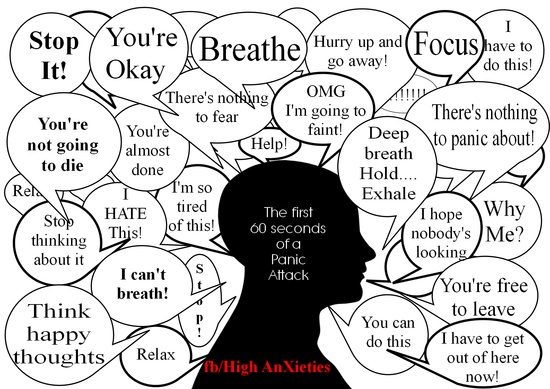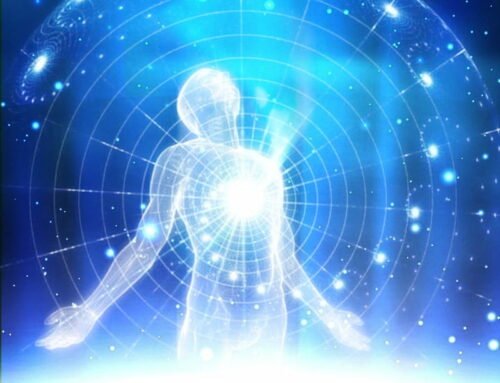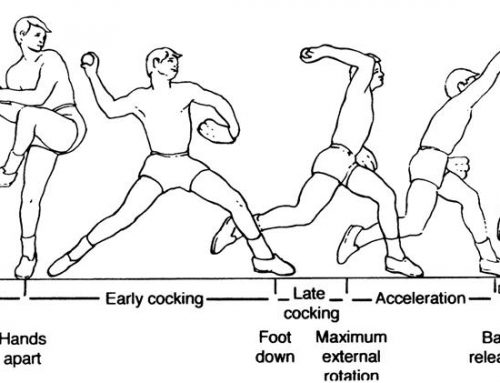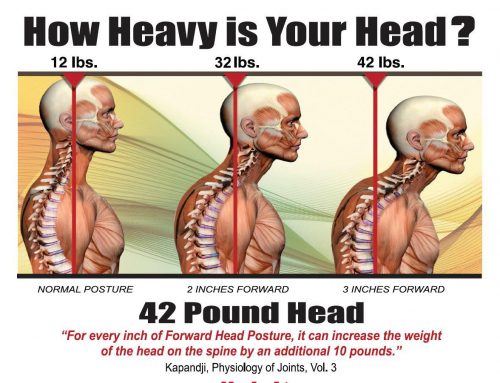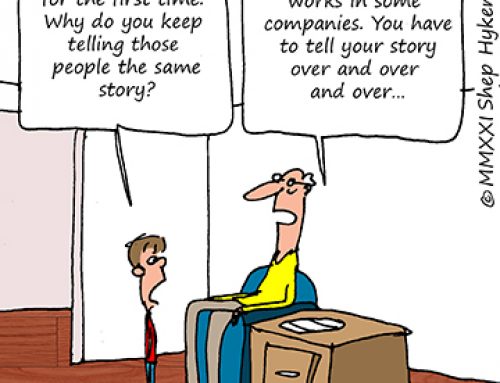Post Covid 19 we are left with more anxiety than ever before , why is this? Well firstly anxiety is inflammation and most of us are already chronically inflamed. This may not show as extra weight in the body but can show by so many other sources (including gut microbiome). Anxiety is just one of the many symptoms that shows up with chronic inflammation.
Symptoms of Chronic Inflammation
Some of the common signs and symptoms that develop during chronic inflammation are listed below.
-
Body pain, arthralgia, myalgia
-
Chronic fatigue and insomnia
-
Depression, anxiety and mood disorders
-
Gastrointestinal complications like constipation, diarrhea, and acid reflux
-
Weight gain or weight loss
-
Frequent infections
Questions I ask my clients are always the six CHEK foundation principles assessing water intake, breathing pattern, thinking, nutrition, movement and sleep. Unfortunately, there are no highly effective laboratory measures to assess patients for chronic inflammation and diagnoses are only undertaken when the inflammation occurs in association with another medical condition.
Although chronic inflammation progresses silently, it is the cause of most chronic diseases and presents a major threat to the health and longevity of individuals. Inflammation is considered a major contributor to several diseases.
-
Cardiovascular diseases: Many clinical studies have shown strong and consistent relationships between markers of inflammation such as hsCRP and cardiovascular disease prediction. Furthermore, Atherosclerosis is a pro-inflammatory state with all the features of chronic low-grade inflammation and leads to increase cardiovascular events such as myocardial infarction, stroke, among others.
-
Cancer: Chronic low-level inflammation also appears to participate in many types of cancer such as kidney, prostate, ovarian, hepatocellular, pancreatic, colorectal, lung, and mesothelioma.
-
Diabetes: Immune cells like macrophages infiltrate pancreatic tissues releasing pro-inflammatory molecules in diabetic individuals. Both circulating and cellular biomarkers underscore that diabetes is a chronic inflammatory disease. Chronic complications linked to diabetes include both microvascular and macrovascular complications. Diabetes not only increases the risk of macrovascular complications like strokes and heart attacks but also microvascular complications like diabetic retinopathy, neuropathy, and nephropathy.
-
Rheumatoid arthritis: In a genetically susceptible host, chronic inflammation induced by several environmental factors such as smoking and infections lead to a systemic autoimmune response that causes a local inflammatory response in joints, infiltration of immune cells and release of cytokines. Persistence of chronic inflammation in the synovium in inadequately treated RA has been associated with worse prognosis and radiographic progression of the disease.
-
Allergic asthma: A complex, chronic inflammatory disorder associated with inappropriate immune response and inflammation in conducting airways involving a decline in airway function and tissue remodeling.
-
Chronic obstructive pulmonary disease (COPD): An obstructive lung disease, develops as a chronic inflammatory response to inspired irritants and characterized by long-term breathing problems.
-
Alzheimer’s disease: In older adults, chronic low-level inflammation is linked to cognitive decline and dementia.
-
Chronic kidney disease (CKD): Low-grade inflammation is a common feature of chronic kidney disease. It can lead to the retention of several pro-inflammatory molecules in the blood and contributes to the progression of CKD and mortality. Amyloidosis can be a result of underlying chronic inflammation that can lead to severe renal complications.
-
Inflammatory Bowel Disease (IBD) is a group of chronic inflammatory disorders of the digestive tract. It can develop as ulcerative colitis causing long-lasting inflammation and ulcers in the lining of large intestine and rectum or Crohn’s disease characterized by inflammation of the lining of digestive tract dispersing into affected tissues such as mouth, esophagus, stomach and the anus.
Anxiety is a health problem that has a wide range of sources from nutritional imbalances to toxicity (heavy metal poisoning) to recreational drug side effects, breathing pattern disorders and of course stress. I am a great believer that modern technology. However, the mobile phone is raising anxiety levels amongst the young and the old. There have been many medical papers done on mobile phone effects, in fact in my research I found 13031 searches in NCBI. Dependence on mobile phone studies have shown that mobile phone users were mainly young female adults (89.1), using smartphones (100%), usually paying monthly as contract type option (95.6%), and using them daily, on average for 6 hours with the favourite activity being social media. As we connect electronically we disconnect from face to face.
Most people are anxious because they fear what’s coming next, later today or tomorrow. Most of us who are anxious are actually repeating the same patterns of unconscious behaviour that led them to previous challenges . Sometimes taking time to be clear about what you really want in your life now – organising your thoughts, emotions and taking your efforts in the direction of your goal, dream and objective can help you ease your anxiety, along with practicing a number of breathing techniques.
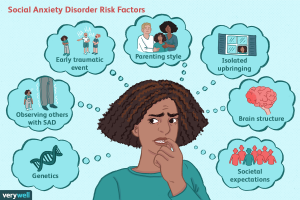
According to Professor Jason M. Satterfield, director of behavioural medicine at UCSF:
- Anxiety affects 1 in 4 people
- Anxiety disorders are the largest class of psychiatric disorders
“Depression is the fear that yesterday will be tomorrow. Anxiety is the fear of tomorrow.” – Paul Chek
With anxiety, we’re dealing with the fear and dread of tomorrow’s possibilities. For this, I’ll first say that ‘fear’ is an acronym: ‘false evidence appearing real’. Often, when we really analyze the fears of our anxiety, we find that there is really no evidence or validity to the fears (note: if there is evidence, this is a depression case appearing with symptoms of anxiety, and still stems from past trauma). These fears have a lot of sources, but I find that the most common one is some form of chemical imbalance and shows in the forms of stress. This can be too much caffeine, shot adrenals, even mild food allergies will put our bodies into a mild but strong enough sense of fight or flight to think that a tiger will jump out at any second when we’re simply sitting at our desk.
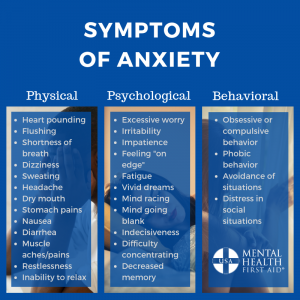
There are many triggers of anxiety out there, but the lowest hanging fruit I’ve found in my research seems to be caffeine and a lack of deep sleep. To continue my overused tiger analogy, our nervous system is designed to always have a low level look out for danger, and if one actually presents itself, the adrenal glands produce a whole host of hormones to ramp up our potential to either fight the tiger or run the heck away. Caffeine is a molecule that skips all the sensors, and goes right to the adrenal glands to ask for low doses of the same hormones. But, just like sensitivity to things like lactose and gluten vary from person to person, caffeine sensitivity varies from individual to individual. If our levels of these adrenal hormones go up enough, the resulting fight or flight response kicks in. But our brain gets confused; we’re reacting like there’s a tiger, but there’s no tiger. So where is it? I have to look out for it until I find it, or pass out from exhaustion from looking.
(Side note: most of us can benefit from at least reducing our caffeine intake. You might find that any trouble sleeping, random fatigue or that “2pm crash,” or even irritability will at the least decrease. For people with anxiety, cutting caffeine can be a wealth of relief).
Sadness is felt by a kind of heaviness, with anxiety we tend to feel an internal quickening – a fluttering nervous agitation. While sadness slows down the heartbeat, anxiety hastens it, setting the pulse racing alarmingly. Despite their differences, sadness and anxiety both leap off the page both laden with negative connotations. We portray sadness and anxiety as a bad thing. Yet just like sadness and indeed all dark emotions, they can be resourceful in our quest to flourish and find fulfillment.

Anxiety is our emotional risk antenna, sweeping our environments for threats – it alerts us to danger. From a Darwinian point of view this is a good thing, not merely beneficial but essential to our survival. Anxiety is our siren, alerting us to dangers that may lie ahead. Fear is an urgent warning of present danger, motivating us to take immediate action. In contrast anxiety is a searchlight that probes the dark, has predictions of the future, picking our potential problems that might come to pass. Anxiety is more or less specific than fear.
In May 2001 Chris Hadfield (astronaut) was orbiting 27 miles above the earth at 17500 miles an hour. He was installing a robotic arm on a multi million-dollar piece of machinery. After five long hours, he noticed something troubling. Some droplets of water appeared from nowhere and floated ominously around on the inside of his helmet. Then suddenly – bang – his left eye begins to sting as one of the droplets hits it. The pain is vicious and with no gravity to dislodge it, his eye begins to cloud with tears, which means there’s no way to escape. Hi salty tears make their way across to other eye making him effectively blind. While the brightest minds in North America were intensely following his every move back on earth, he delivered the immortal line, “Houston …we have a problem.”
The scenario would leave most of us rich with fear, but Hadfield explained that the rigorous NASA training that enabled him and the ground crew to remain relatively calm while they performed some high wire diagnostics and problem solving gymnastics.
He told of how Nasa put the budding astronauts through intensive preparations, involving a pre-motive collective of anxiety tactics, it meant that the astronauts were able to handle any real adversity that may occur.
Chris is now an articulate advocate on the ‘positive power of negative thinking’.
Each and every road takes us down that road, leaving the others untraveled. It is only natural we feel anxious about the consequences of our choices. But this is life. It can’t be helped, and the only way to decline life is to undertake no journey at all, which means refusing to live.
Kierkegaard ‘ Anxiety is the dizziness of freedom, the awareness of possibility of being able”.
Bibligraphy
The positive power negative emotions Dr. Tim Lomas
Paul Chek – Anxiety blogs
‘Succeed with Omid’ blog
Understanding Social Anxiety Disorder in Adolescents and Improving Treatment Outcomes: Applying the Cognitive Model of Clark and Wells (1995) NCBI

